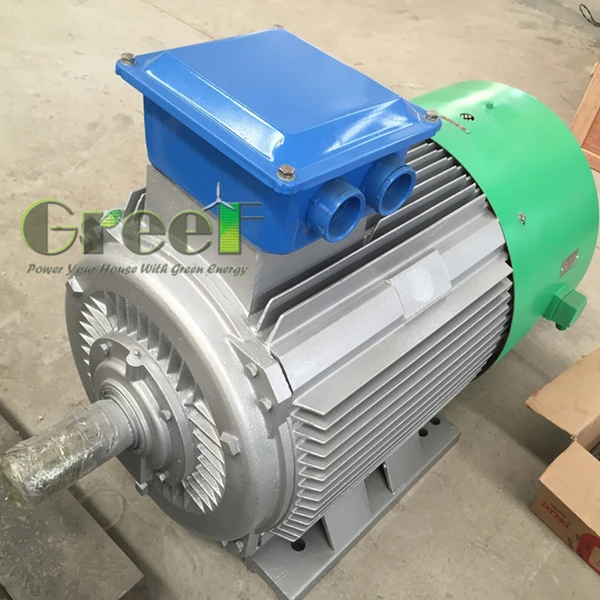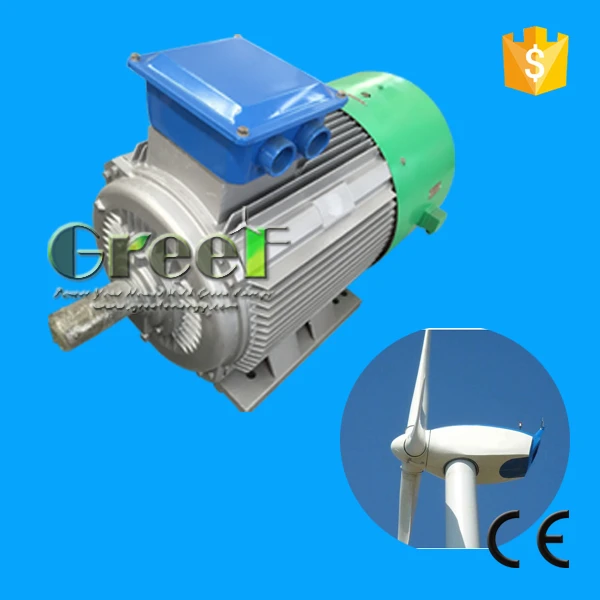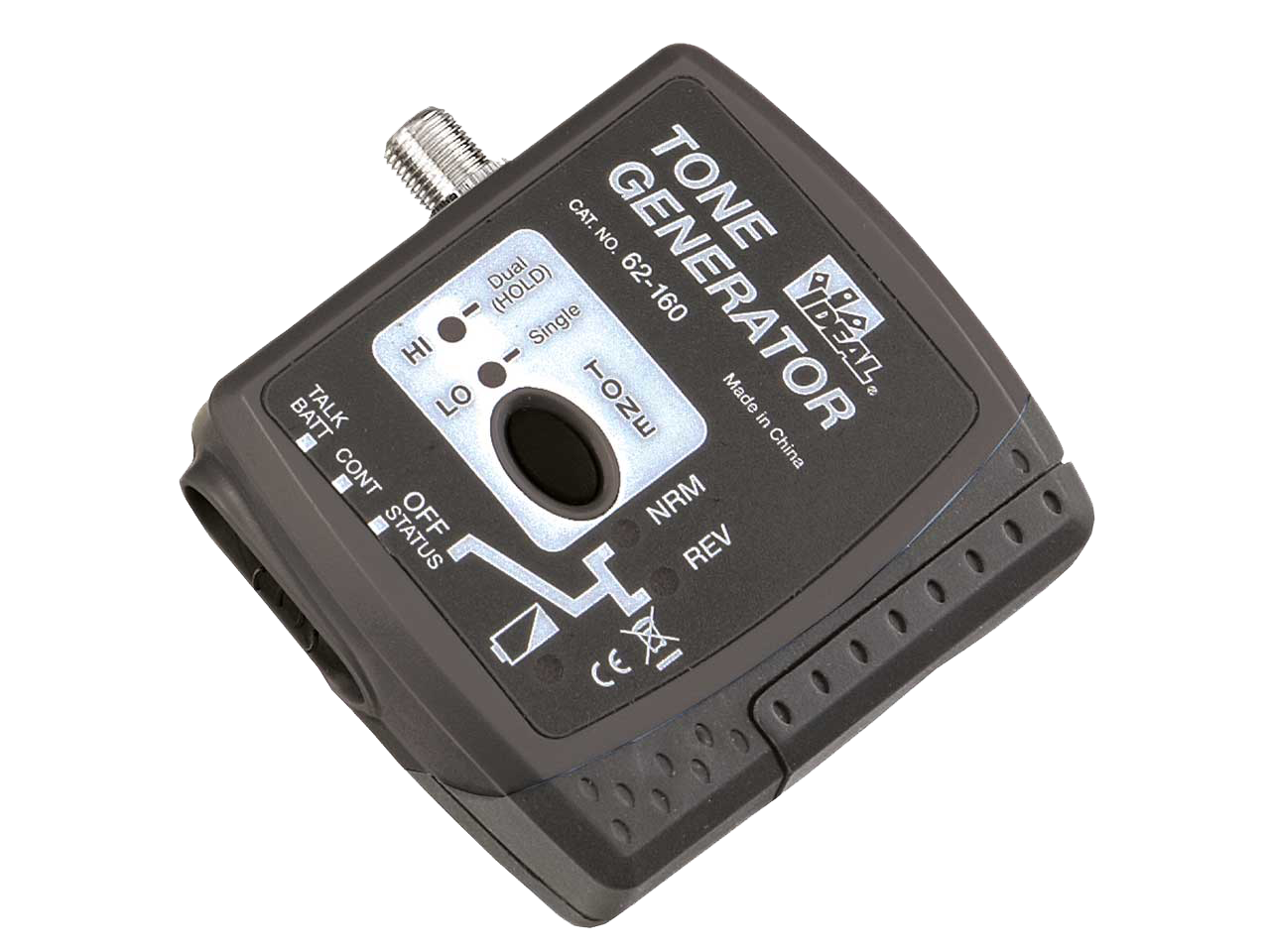

- SYNCHRONIZED TONEGENERATOR GENERATOR
- SYNCHRONIZED TONEGENERATOR FULL
- SYNCHRONIZED TONEGENERATOR VERIFICATION
- SYNCHRONIZED TONEGENERATOR SOFTWARE
- SYNCHRONIZED TONEGENERATOR SERIES
SYNCHRONIZED TONEGENERATOR FULL
The DDFS makes the whole measurement system fully digital with a lot of benefits including full flexibility and coherent sampling acquisition.Ĭompared to traditional PLL-based synthesizers, NCOs and DDSs are mostly known for their very fine frequency resolution, fast agility, and ease of sine/ cosine generation with perfect quadrature. Processing chain of a typical ADC (ac) test setup based upon the IEEE 1241 standard. Despite their impressive noise and linearity performance over a multiple GHz bandwidth, none of these devices are appropriate for the test of moderate speed, high resolution ADCs such as the LTC2378-20, the AD4020, or the AD7768.įigure 1. Today, DDS standalone integrated circuits are readily available while numerically controlled oscillators (NCOs) tend to be integrated in numbers in RF DACs like the AD9164 or the AD9174. Designed for the best speed, power, and cost trade-off, the logic ICs’ architectures were based on a lookup table (LUT) to ensure the phase-to-sine amplitude conversion with limited phase, frequency, and amplitude resolutions. Less than 10 years later, fully integrated solutions came on the market introduced by companies like Stanford Telecom, Qualcomm, Plessey, and Analog Devices with the AD9950 and the AD9955. Practical realizations began to show up, mostly relying on discrete standard logic ICs such as the TTL 74xx or ECL 10K families. Then, in early 1971, the frequently cited reference paper from Tierney et al.2 on direct digital frequency generation by deepening the DDS operation for quadrature generation as well as its limitations (word truncations and frequency planning) regarding the sampled systems theory was published. Webb1 described what could be considered as the basis of DDS mechanics to generate various types of analog waveforms, including sine waves, simply with the use of a few digital logic modules.
SYNCHRONIZED TONEGENERATOR GENERATOR
The digital signal generator synthesizer patent filed in April 1970 by Joseph A.


Taking the benefit of a full-word data length architecture either in 32-bit or 64-bit fixed-point format for the NCO phase accumulation and extended precision floating-point DSP capabilities to execute the sine approximation function and the digital filters used to shape the spectrum, the quantization effects (rounding and truncation noise) are drastically reduced to be considered negligible compared to the digital-to-analog converter (DAC) imperfections used for the signal reconstruction.

A reasonably fast floating-point DSP will meet real-time expectations and fulfill all the arithmetic and processing conditions to achieve the distortion and noise performance level set up by the most advanced SAR ADCs.
SYNCHRONIZED TONEGENERATOR SOFTWARE
The most critical component is the sine wave generator (single or multitone) and here a software-based direct digital synthesizer (DDS) can provide full flexibility with extremely fine frequency resolution and clock synchronization with the data acquisition system to perform coherent sampling to avoid leakage and FFT window filtering.Īt a fraction of the cost of an audio precision analyzer, it is possible to design a very accurate sine wave generator based on the direct digital frequency synthesis (DDFS) principle, but implemented in software onto a floating-point DSP processor such as the SHARC processor. A typical configuration of a typical bench test setup suited for high resolution wideband ADCs is illustrated on the Figure 1. Similarly, the noise and distortion level of this ac generator should be much better than the specifications of these ADCs, resulting in a noise floor level well below –140 dBc and distortion lower than –120 dBc with an input tone frequency of 1 kHz or 2 kHz and up to 20 kHz according to most supplier specifications. Most of the time, modern high speed SAR and wideband sigma-delta (Σ-Δ) ADCs exhibiting 24 bits or more feature single-supply and full-differential inputs, and therefore require the signal source used for the DUT to be dc and ac accurate, while providing full differential outputs (180° out of phase).
SYNCHRONIZED TONEGENERATOR SERIES
Usually, expensive laboratory instruments are used to perform these evaluations and characterizations such as the audio analyzer AP27xx or APx5xx series from Audio Precision.
SYNCHRONIZED TONEGENERATOR VERIFICATION
The test and verification of ac performance of high precision fast analog-to-digital converters (ADCs) with resolution better than 16 bits require a near perfect sine wave generator capable of covering a 0 kHz to 20 kHz audio bandwidth at least.


 0 kommentar(er)
0 kommentar(er)
